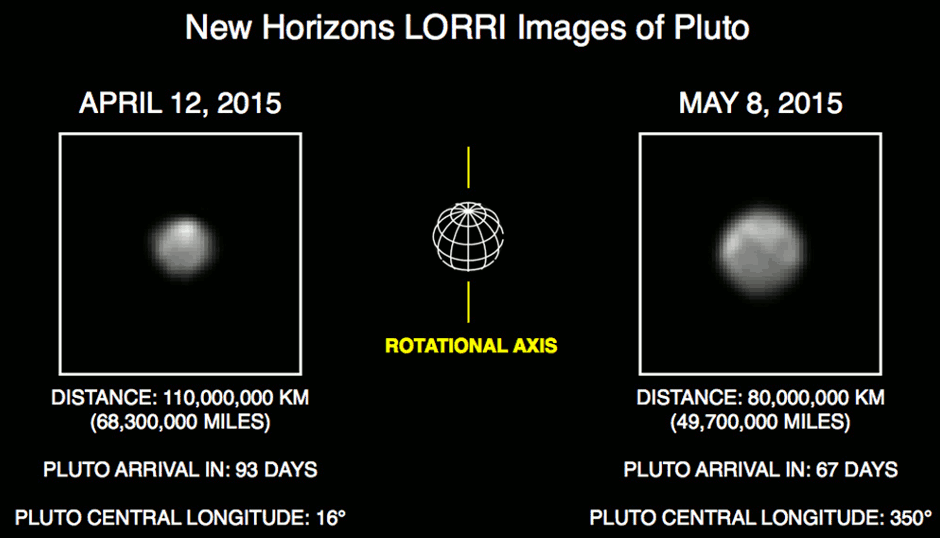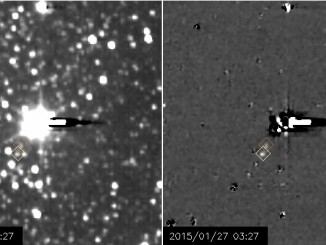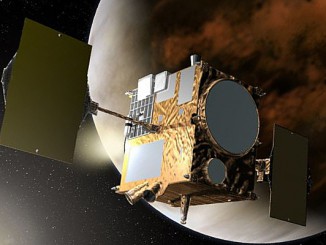
A technique called image deconvolution sharpens the raw, unprocessed pictures beamed back to Earth. In the April images, New Horizons scientists determined that Pluto has broad surface markings – some bright, some dark – including a bright area at one pole that may be a polar cap. The newer imagery released here shows finer details. Deconvolution can occasionally produce spurious details, so the finest details in these images will need confirmation from images to be made from closer range in coming weeks.
“As New Horizons closes in on Pluto, it’s transforming from a point of light to a planetary object of intense interest,” said NASA’s Director of Planetary Science Jim Green. “We’re in for an exciting ride for the next seven weeks.”
“These new images show us that Pluto’s differing faces are each distinct; likely hinting at what may be very complex surface geology or variations in surface composition from place to place,” added New Horizons Principal Investigator Alan Stern of the Southwest Research Institute in Boulder, Colorado. “These images also continue to support the hypothesis that Pluto has a polar cap whose extent varies with longitude; we’ll be able to make a definitive determination of the polar bright region’s iciness when we get compositional spectroscopy of that region in July.”
The images New Horizons returns will dramatically improve in coming weeks as the spacecraft speeds closer to its July 14th encounter with the Pluto system, covering about 750,000 miles per day.
“By late June the image resolution will be four times better than the images made May 8th-12th, and by the time of closest approach, we expect to obtain images with more than 5,000 times the current resolution,” said Hal Weaver, the mission’s project scientist at the Johns Hopkins University Applied Physics Laboratory (APL) in Laurel, Maryland.
Following a January 2006 launch, New Horizons is currently about 2.95 billion miles from home; the spacecraft is healthy and all systems are operating normally.



